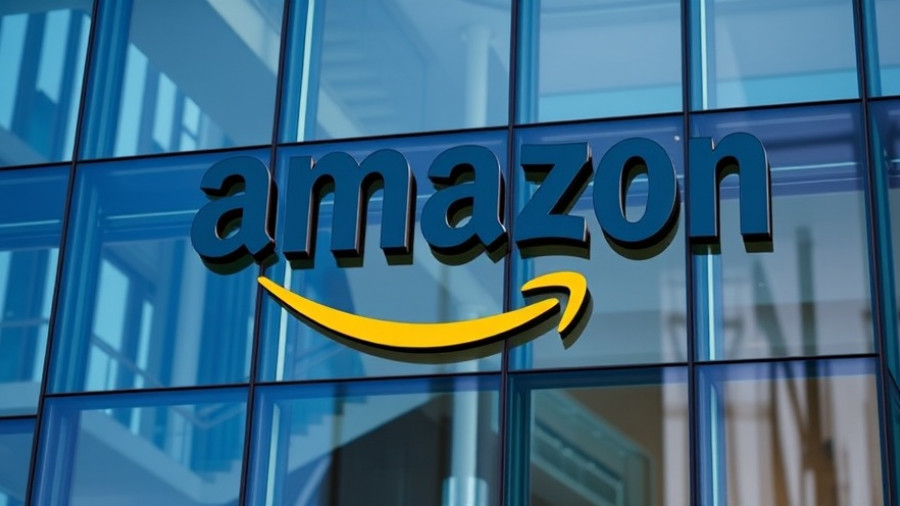
Revolutionizing Workplace Efficiency: The Integration of Microsoft's Copilot
In a bold move that marks a significant shift in enterprise AI adoption, Microsoft has announced that users can now integrate their personal Copilot subscriptions with corporate Microsoft 365 accounts. This integration aims to maximize productivity and streamline workflows by allowing individuals to leverage their home-based AI assistant at work. This is particularly significant for small and medium-sized enterprises (SMEs) that often operate under tight budgets and may not have the resources for dedicated enterprise AI solutions.
Bridging Consumer and Corporate Tools for Enhanced Productivity
The integration of personal Copilot with corporate Microsoft 365 accounts enhances accessibility, making it easier for employees who already pay for Copilot Pro at home to use it in professional settings. This blurring of the lines between consumer and business tools simplifies workflows; for instance, employees can draft emails in Outlook or generate reports in Excel using the same AI, whether logged into a personal or work account. This could significantly improve user experiences and productivity in hybrid work environments, where toggling between home and office systems is common.
Security and Compliance: Challenges and Solutions
While the integration is designed to boost efficiency, it also raises important questions about data governance in mixed environments. Many industry experts caution that without adequate oversight, consumer AI tools might inadvertently expose sensitive corporate data. Microsoft has thus ensured that corporate administrators retain control over these features, providing a safety net through enterprise-grade security protocols, including robust data encryption and access management.
AI's Role in Navigating the New Workplace Landscape
As organizations increasingly adopt hybrid work models, the integration of Copilot into Microsoft 365 could redefine how businesses manage AI usage. The Copilot’s introduction assists companies in navigating potential productivity challenges while still adhering to company policies regarding data security. Furthermore, AI can provide automated insights and help capture essential information during meetings, ultimately leading to better decision-making.
Market Competition and AI Democratization
This strategic move keeps Microsoft competitive against rivals like Google and OpenAI. By enabling a seamless integration of personal tools into corporate frameworks, Microsoft is effectively lowering the entry barrier for AI adoption in businesses. Moreover, this development coincides with numerous enhancements to Microsoft’s offerings, such as Copilot agents for automated tasks, suggesting a growing trend of democratizing access to robust AI capabilities.
Future Predictions: Cost and Revenue Transformation
The future implications of this integration extend beyond mere functionality. As businesses assess budget allocations for AI, the consumer-to-corporate transition may very well reshape AI monetization strategies. Larger firms may still invest in dedicated enterprise licenses, but the availability of personal subscriptions provides a flexible and cost-effective entry point for organizations previously hesitant about investing heavily in AI.
In summary, Microsoft’s strategy to merge personal Copilot subscriptions with corporate Microsoft 365 accounts signals a transformative shift in how AI is perceived and utilized within enterprises. Emphasizing accessibility while maintaining strong security measures shows a commitment not just to innovation, but to the careful implementation of beneficial technology in the workplace. As AI continues to evolve, such integrations might redefine the traditional boundaries of productivity tools, making the workplace not just more efficient but also more intuitive.
Your Next Steps for AI Integration
As organizations consider embracing AI tools, evaluating how Microsoft’s Copilot fits into existing workflows could spark discussions about broader AI strategies. With Microsoft leading the charge, now is the best time for companies to explore these technologies, ensuring they stay ahead in the tech-savvy workforce of tomorrow.
 Add Row
Add Row  Add
Add 




Write A Comment